While the Grand Canyon, Mount Everest, and Victoria Falls steal the spotlight, there are countless other natural marvels quietly dazzling those who find them. These underrated gems offer mind-blowing beauty — without the crowds. If you’re looking to truly explore nature off the beaten path, here are seven awe-inspiring places that deserve a spot on your bucket list.
The Door to Hell [Turkmenistan]

The “Door to Hell” is a 230-foot-wide crater that has been burning continuously since 1971, when a drilling accident sparked the fire. Located in the Karakum Desert, this fiery pit emits an eerie glow that can be seen from miles away. Visiting this natural phenomenon offers a unique, almost otherworldly experience — a glimpse into nature’s raw power. Standing on the edge of the inferno, you can feel the heat rising from the depths, and it’s an experience you won’t soon forget.
The Marble Caves [Chile]
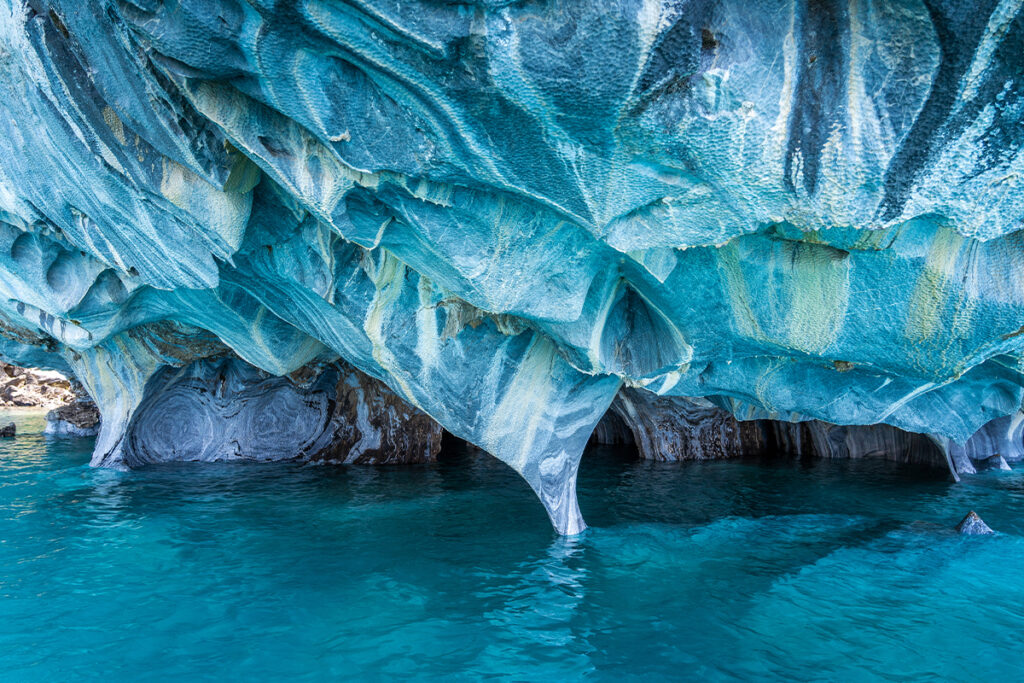
Hidden within the Patagonian region of Chile, the Marble Caves (Cueva de Mármol) are one of the most visually striking natural wonders in the world. The caves, formed by waves of Lake General Carrera eroding the marble rock over thousands of years, feature swirling patterns of blue and white that create a dreamlike, ethereal atmosphere. The caves can only be accessed by boat, offering a truly tranquil and surreal experience.
Mount Roraima [Venezuela, Brazil, and Guyana]
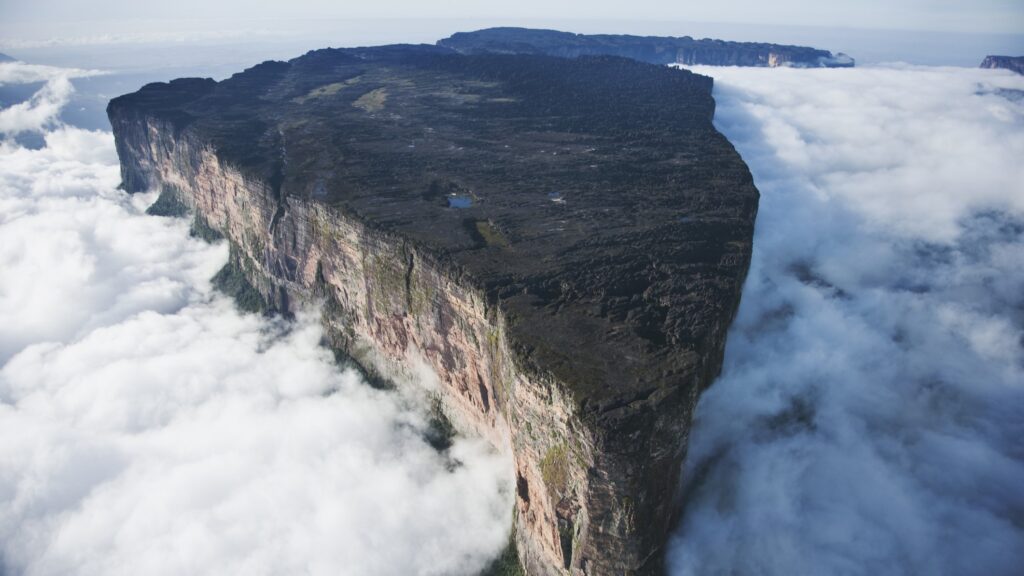
Mount Roraima is one of the oldest geological formations on Earth, with a plateau that is approximately 1.7-2.0 billion years old. Its sheer cliffs and flat top create an ecosystem that is unlike any other, with endemic plants and animals found nowhere else. The mountain is often enveloped in clouds, giving it a mystical, mysterious feel. Trekking to its summit is an adventure of a lifetime, passing through dense jungle and unique landscapes that seem frozen in time. Mount Roraima is truly one of the most remote and awe-inspiring natural wonders on Earth.
Waitomo Caves [New Zealand]
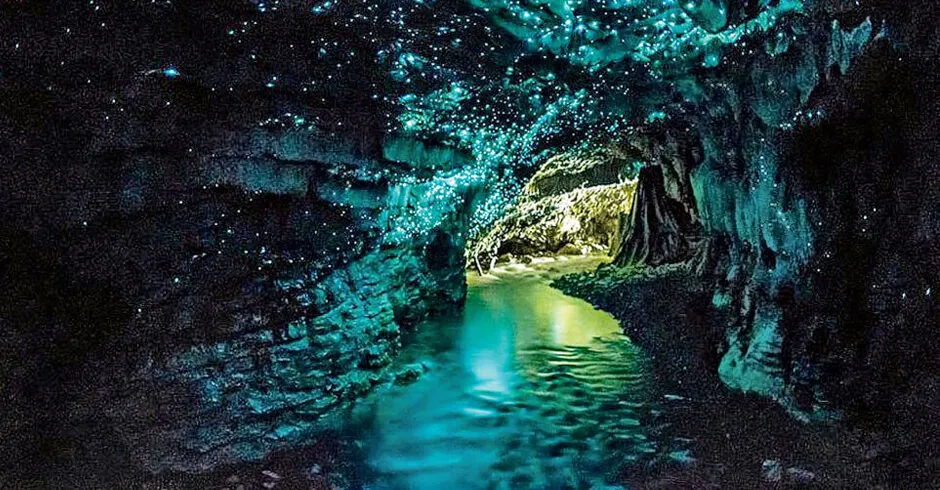
The Waitomo Caves are famous for their glowworms, which emit a soft, bioluminescent light, creating a mesmerizing display that feels like a magical fairyland. Located on the North Island of New Zealand, the caves are a network of limestone formations and underground rivers. A boat ride through the caves under a canopy of glowing lights is an unforgettable experience, especially when viewed in the pitch blackness of the cave.
The Wulingyuan Scenic Area [China]
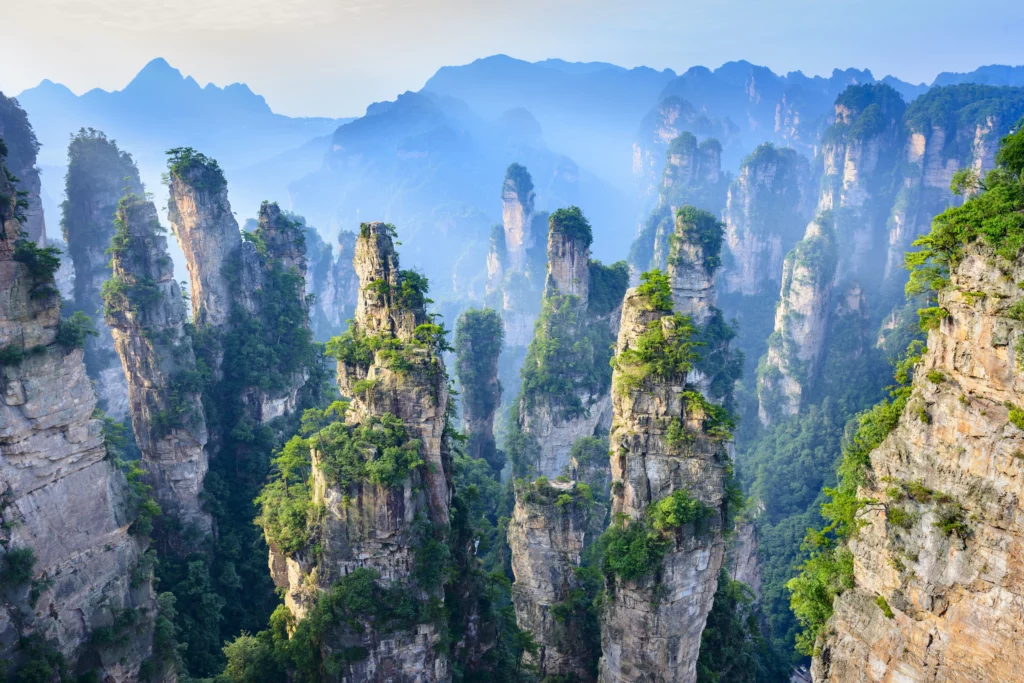
This UNESCO World Heritage Site is one of the most spectacular landscapes in China, famous for its thousands of sandstone pillars that rise dramatically from the earth. The area is also home to deep ravines, gorges, and lush forests. The Wulingyuan Scenic Area was the inspiration for the floating mountains in James Cameron’s Avatar. Walking among these towering rock formations feels like stepping into a fantasy world, where every turn reveals a new natural marvel.
The Blue Hole [Belize]
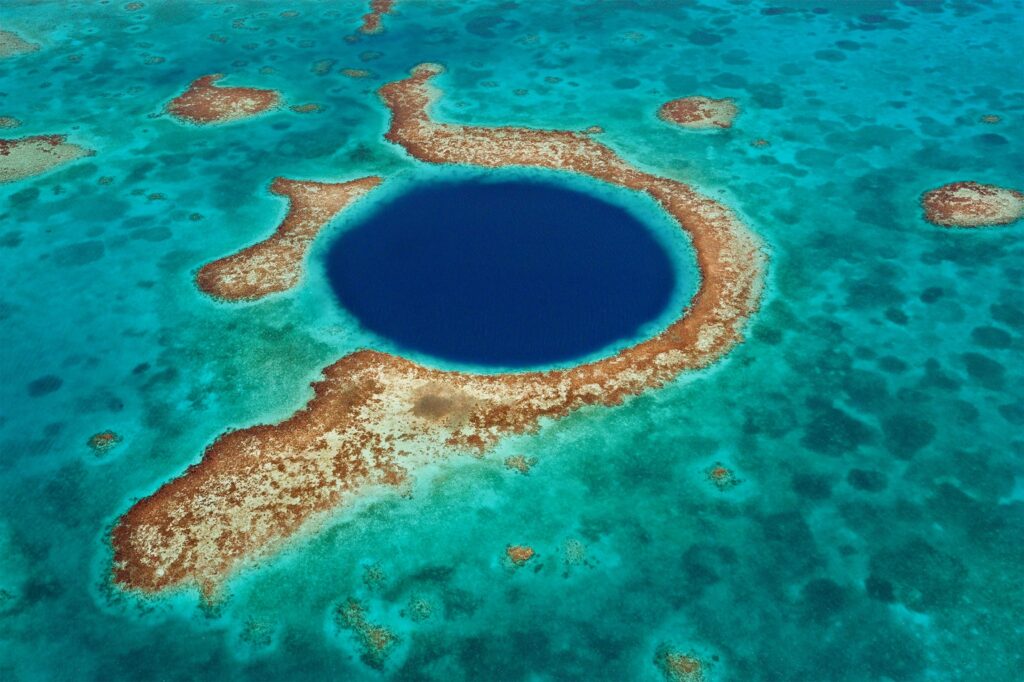
The Blue Hole is one of the most famous diving spots in the world, a giant underwater sinkhole that plunges over 400 feet deep. Located off the coast of Belize, this perfectly round hole is surrounded by coral reefs, making it a diver’s paradise. The crystal-clear waters and abundant marine life, including sharks and rays, provide a unique and unforgettable underwater experience. Even if you’re not diving, taking a helicopter tour over the Blue Hole offers an incredible aerial view of this natural wonder.
Socotra Island [Yemen]

Socotra Island is often described as the most alien-looking place on Earth. Isolated in the Arabian Sea, it is home to more than 800 species of plants and animals that can’t be found anywhere else. The island’s landscape is dotted with bizarre, otherworldly trees like the Dragon’s Blood Tree, whose umbrella-like canopy and red sap give it an almost mythical appearance. Socotra’s pristine beaches, dramatic cliffs, and unique biodiversity make it a hidden treasure for those willing to venture off the beaten path.
[Contributed By Anushka Gaikwad]











